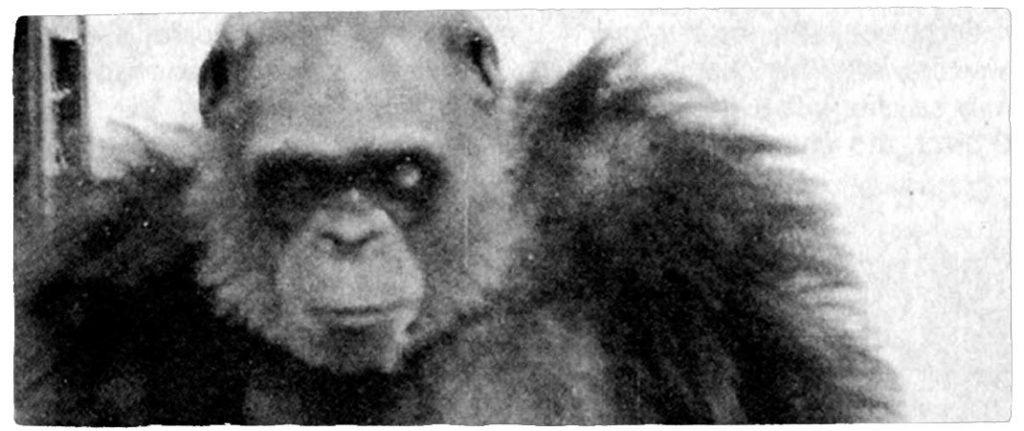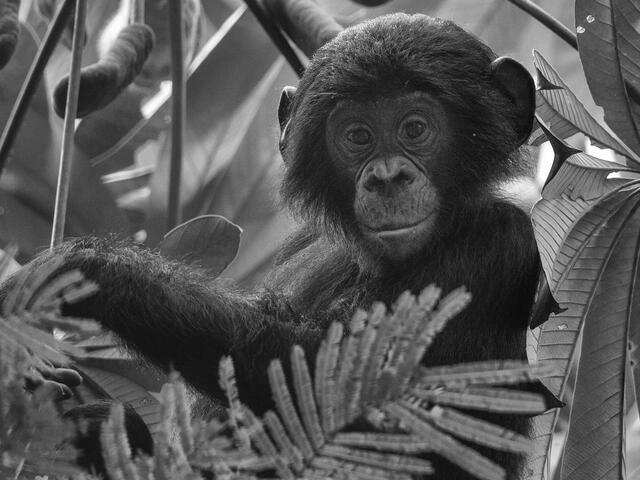The name «Bondo ape» was given to a chimpanzee that was supposed to live in the northern part of the Congo. This giant ape is a suspected hybrid between chimpanzees and gorillas. However, many other types of evidence point to the existence of these apes. Here are five possible explanations for the existence of these creatures. We will discuss these theories in more detail below.
Bili ape: This species is a type of chimpanzee, which is native to the Democratic Republic of Congo. This ape is large and aggressive, but they are not dangerous to humans. Their large ground nests are the same size as those of gorillas, but they are smaller. As a result, local Bondo hunters are able to distinguish them from lion killers and tree-beaters.

Bili ape: For many years, the Bili ape was considered a myth. It is the only chimp that inhabits the Bili forest in the Democratic Republic of Congo. It has the appearance of a common chimp and nests on the ground, like a gorilla. It is about the same height and weight as a gorilla, but is not as heavy or as tall.
Bili ape: The Bili ape is an extinct species of chimpanzee that once lived in the Uele area. However, these apes have since moved south of the Uele region. fact, this huge population of chimpanzees is now recognized in the Bas-Uele District of DRC, about two hundred kilometers southwest of Bondo. The surviving Bili apes can be found in the savannahs around the city of Aketi and the dense rainforests further south.
The Bili ape is the largest ape in the DRC. Its habitat is largely isolated and it is difficult to find it in urban areas. The Bili ape is considered to be a myth in many areas. Its name reflects its size and ferocity, and was once thought to be an extinct ape. This ape is now found in the DRC.
The Bili ape has become a much-feared giant ape. It used to be thought to be a myth, but researchers in the area have recently rediscovered it and named it «Bondo ape.» The ape is a chimpanzee, but it is much larger than the common ape. It lives in the forest of the Democratic Republic of Congo, where it is believed to have minimal human contact.
This ape was first discovered in the DRC in 1898 by a Belgian army officer. found the skulls in a remote area of the forest near the Uele River. Before the discovery, there had been no other evidence of this ape in the area for hundreds of miles. The soldier donated the skulls to the Congo Museum in Tervueren, which had already been looking for them. Its DNA resembled that of a chimpanzee, and it was a hybrid between the two.








